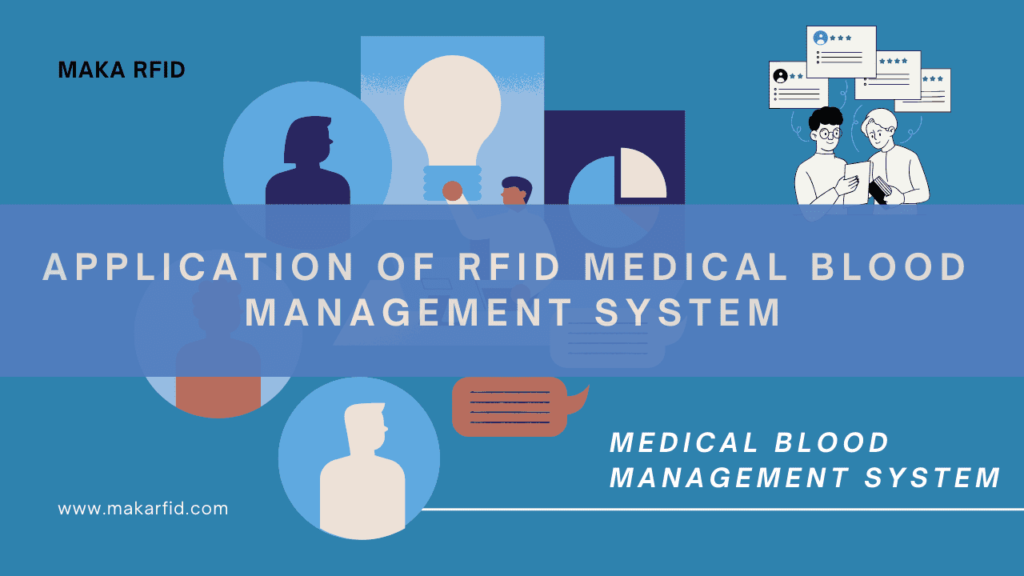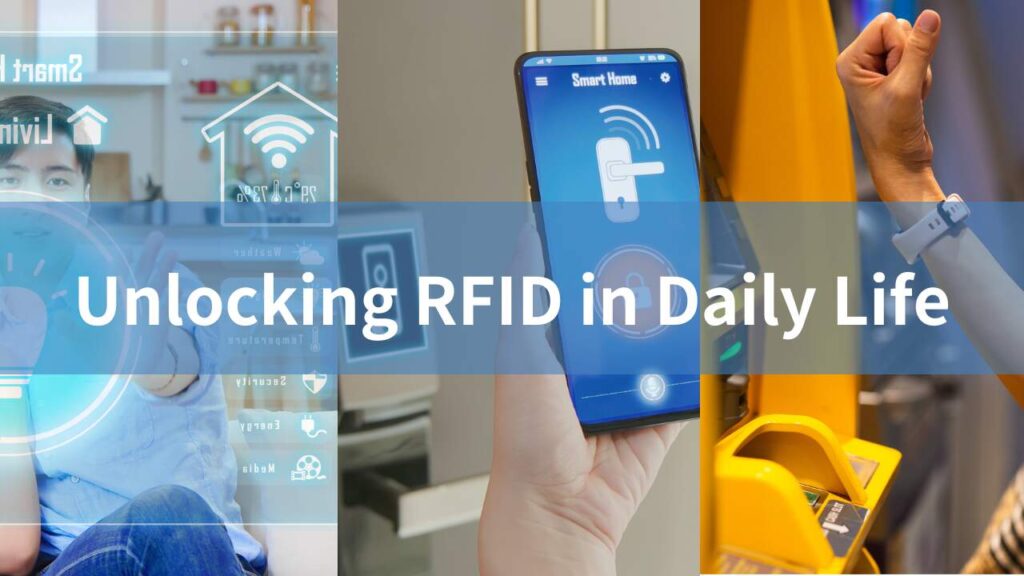Higher Labor Costs, Higher RFID Adoption Rate?

Higher Labor Costs, Higher RFID Adoption Rate? The Engine of Transformation in a High-Cost Era: RFID’s Logic, Global Cases, and Industry Opportunities — Your Next Operational Upgrade Revolution Starts Now with a Tiny RFID Tag Facebook LinkedIn WhatsApp “People are the most expensive resource.” This is a statement no business leader would disagree with. Yet, what we are witnessing is a major trend: labor costs are continually rising worldwide, management is becoming increasingly complex, while enterprises demand ever-higher levels of process transparency, precise operations, and asset security. How can we break through these challenges and embrace a new, efficient, traceable, and automated way of working? The answer lies in a rapidly growing technology – RFID (Radio Frequency Identification). Through this article, we aim to help global business owners, industrial managers, and innovation leaders truly understand why RFID has become the “new standard”
Integration of Drone and RFID Warehouse Systems

Integration of Drone and RFID Warehouse Systems Logistics Innovation in the Digital Wave Today, with the rapid development of e-commerce and the continuous increase in product categories and quantities, warehouse management faces increasingly complex challenges. Under traditional manual inventory counting methods, high labor input and efficiency fail to meet the business demands for high turnover and accuracy, with errors and omissions being commonplace. The industry urgently needs an efficient, low-cost, and automated inventory counting solution. More Information Facebook LinkedIn WhatsApp Technical Principles Analysis 1. RFID Technology Principles RFID (Radio Frequency Identification) is a wireless communication technology that enables contactless automatic identification of items. Each item, box, or pallet is equipped with a unique RFID tag, and readers can simultaneously read multiple tags from a distance without needing to “aim” at or scan tags individually, greatly i
RFID Blood Management System

RFID Medical Blood Management System Hey! Let’s talk about how RFID technology is making medical blood management even better! First, imagine we put a tiny RFID tag on each blood bag, like giving them a smart watch. This way, we can always know where the blood is, every step from collection to use is crystal clear, and we don’t have to worry about blood accidentally getting lost or used incorrectly anymore! Secondly, with the RFID system, managing blood inventory becomes super simple. It’s like having a meticulous butler, constantly keeping an eye on the quantity, type, and expiration date of each blood type. This way, hospitals can better allocate resources, neither wasting blood by letting it expire nor suddenly finding themselves short of blood. Lastly, RFID is also a super assistant, helping to automatically record and check data. For example, during blood transfusions, it carefully verifies whether the blood and patient information match, just like a thoughtful
Unlocking RFID in Daily Life

Unlocking RFID in Daily Life RFID in Everyday Technology: Revolutionizing Everything from Retail to Smart Homes This blog provides a comprehensive introduction to the numerous applications of RFID technology in daily life. From enhancing retail experiences and streamlining logistics, to transforming modes of travel and boosting security, RFID technology is subtly altering our day-to-day existence. Its application in smart homes and healthcare is set to deliver unprecedented experience and convenience. Let’s explore how RFID technology influences and improves our daily lives! Facebook LinkedIn WhatsApp RFID (Radio Frequency Identification) technology uses electromagnetic fields to automatically identify and track tags attached to objects, which have electronic information stored within them. This wireless, automatic data transmission and tracking method has made RFID an indispensable part of various daily technologies and has profoundly changed the way we interact with the world
